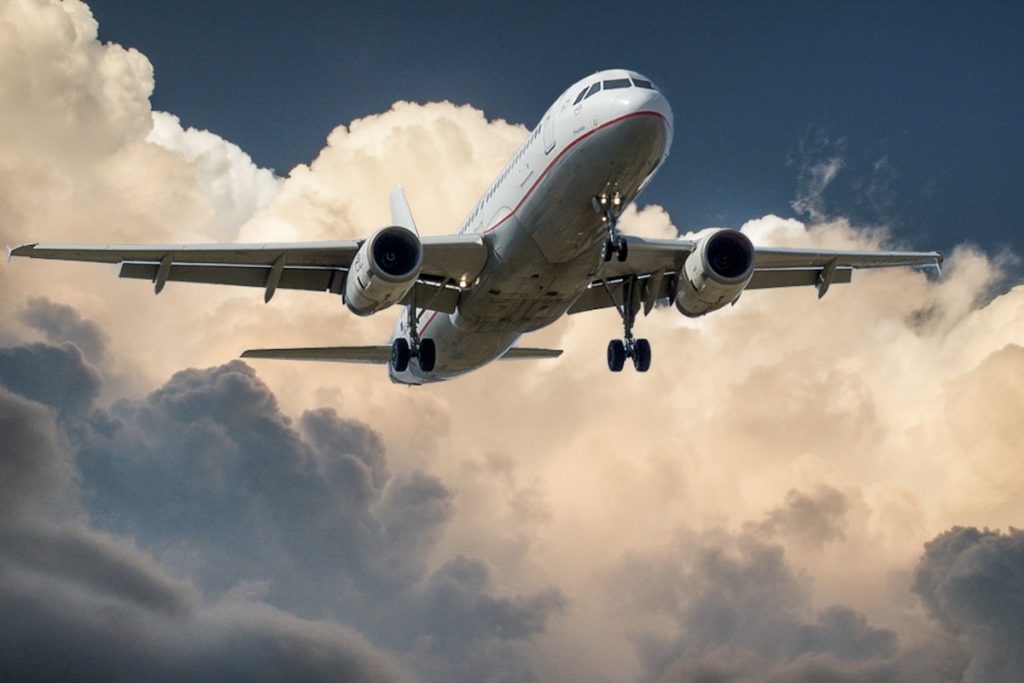In the aviation industry, operating costs can quickly add up and put a strain on your business’s bottom line. Fortunately, there are several ways to reduce your expenses to continue providing quality services and competitive prices for your customers. Here are some critical tips for airlines to help them cut costs.
1. Increase Aircraft Utilization:
By increasing aircraft utilization, airlines can reduce their cost per block hour, which will save them money in the long run. To do this, they should ensure they have reliable maintenance programs in place and efficient scheduling of flights and crew members.
Additionally, airlines should consider using smaller or more fuel-efficient planes where appropriate. For example, if the route is short, it may be better to use a prop plane rather than a jet.
This is because prop planes are more fuel-efficient and cheaper to operate. This can help reduce overall operating costs.
2. Reduce Fuel Consumption:
One of the biggest operating expenses for an airline is fuel costs. Airlines should look into new technology that can help reduce fuel consumption, such as engine performance monitoring systems or more efficient flight routes.
Additionally, they should focus on optimizing takeoff weights and speed profiles to minimize fuel burn per trip. For instance, airlines can use advanced software to calculate the optimal takeoff weight and altitude for their aircraft, which can help reduce fuel costs.
Finally, airlines should also consider using alternative fuels, such as biofuels or hydrogen-based fuels, to power their planes. These fuels are often more eco-friendly and cost-effective than traditional aviation fuels.
3. Streamline Maintenance Procedures:
Airlines should also strive to streamline maintenance procedures wherever possible in order to lower costs and increase efficiency. This could include reducing turnaround times between flights and decreasing the number of spare parts needed for each aircraft type.
Airlines can also optimize their inventory management systems by tracking parts usage more closely and investing in predictive maintenance technology when appropriate. This will help ensure that parts are only ordered and replaced as needed, reducing overall spending.
Furthermore, airlines should utilize technology such as 3D printing for rapid prototyping and production of parts, which can help reduce the time and cost associated with maintenance procedures.

4. Rent Ground Support Equipment:
Considering high-quality ground support equipment rental can help airlines reduce costs by providing them with access to the necessary tools and services without having to purchase or maintain their own equipment.
For example, renting high-lift vehicles can help ensure that aircraft get loaded and unloaded quickly and efficiently while also ensuring safety. This is especially important during peak travel periods when time is of the essence.
If possible, airlines should also look into rental options for other ground support equipment, such as deicing trucks, cargo loaders, and catering carts. This can help save them money in the long run.
5. Optimize Staffing Levels:
It’s essential for airlines to find the right balance between having enough staff on hand and not overstaffing at excessive levels—both of which can lead to higher costs if they’re not managed correctly.
Airline management teams should use data-driven staffing models in order to determine the most efficient staffing levels without compromising service quality or customer satisfaction levels. This can help ensure that staffing levels remain consistent and cost-effective over time.
Moreover, airlines should consider using automation and AI-driven solutions to automate specific processes, such as check-in or boarding procedures. This can help reduce the need for manual labor and free up staff members to focus on more important tasks.
6. Consider Outsourcing Services:
Outsourcing certain services—such as ground handling or catering—can be an excellent way for airlines to save money while still providing quality services for customers at a fraction of the cost of managing these services internally.
However, it’s crucial that airlines thoroughly research potential vendors before making any decisions about outsourcing services so that they end up with a reliable partner that meets their needs at a reasonable price point.
For instance, some vendors may provide better service at a lower cost, while others may require additional fees for their services. Additionally, airlines should also be aware of any potential risks associated with outsourcing certain services that could impact customer satisfaction.
Reducing operating costs is essential if an airline wants to remain competitive in today’s market while still maintaining quality customer service standards and keeping prices low enough to attract passengers without sacrificing profit margins too much. By following these tips — increasing aircraft utilization, reducing fuel consumption, streamlining maintenance procedures, renting ground support equipment, optimizing staffing levels, and considering outsourcing — airlines can significantly decrease their operational costs without sacrificing customer satisfaction or safety standards in the process!



